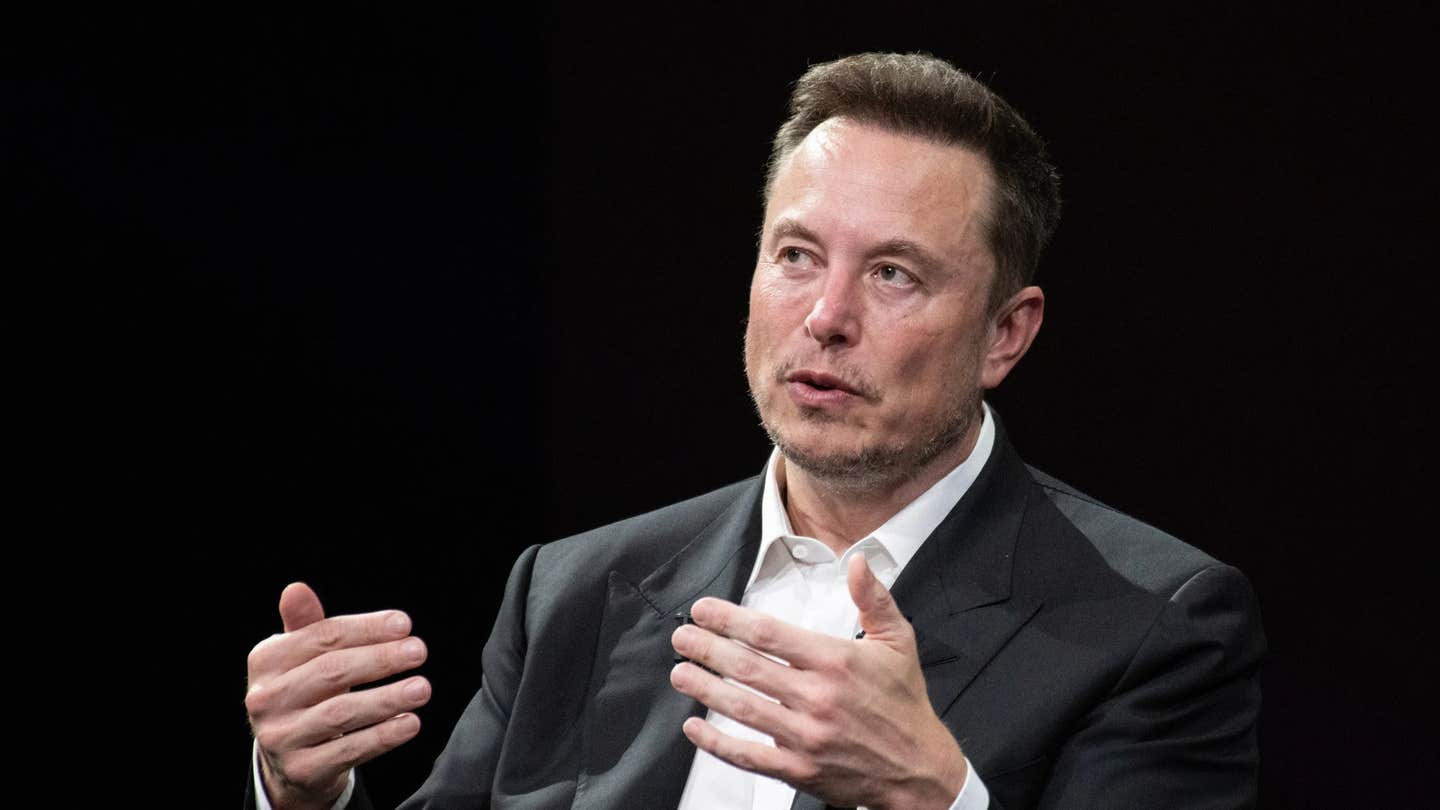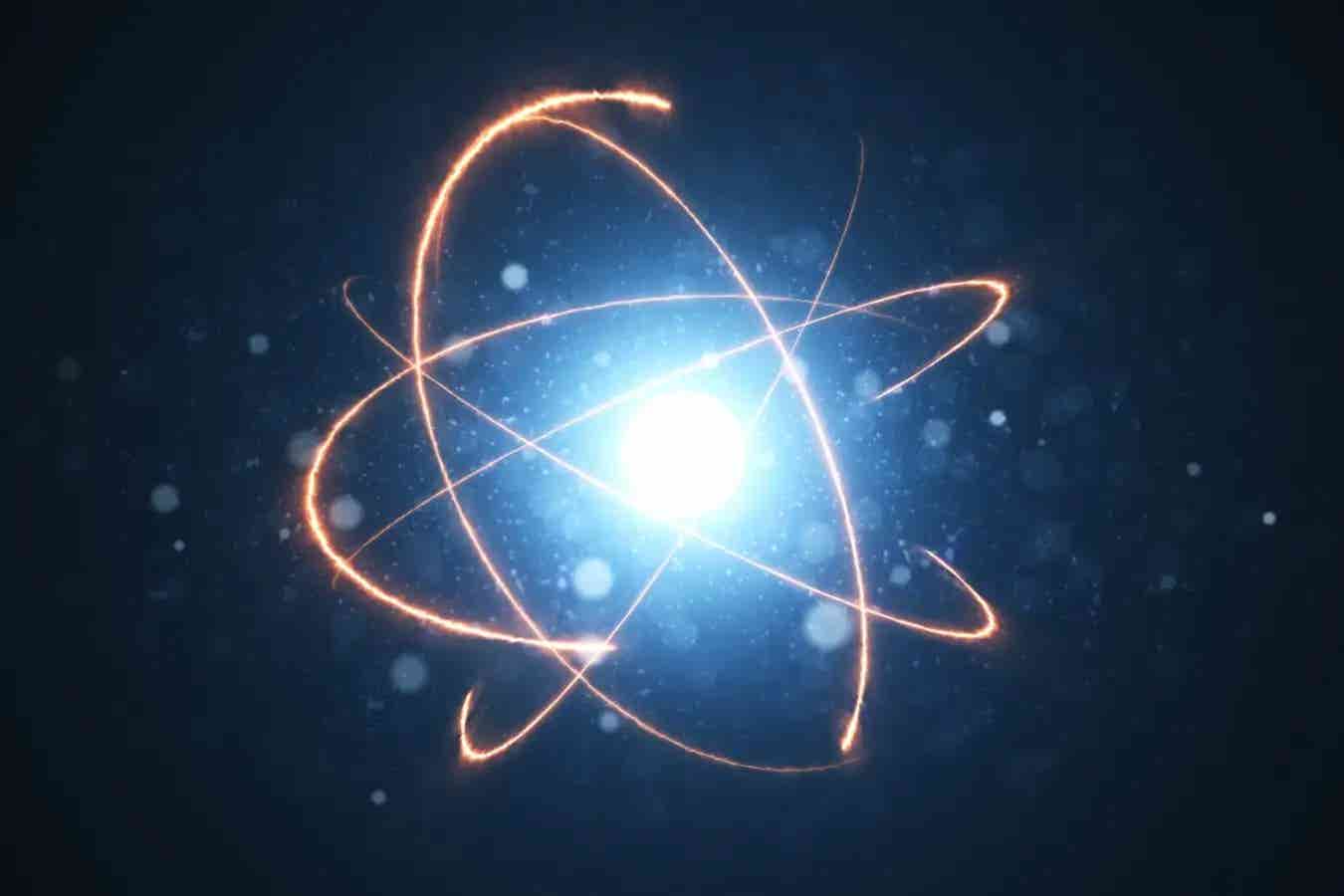Elon Musk unveils $20B undersea hyperloop to slash New York–London travel to 54 minutes
A $20 trillion transatlantic tunnel could revolutionize travel between London and New York in under an hour with hyperloop technology

Elon Musk, the billionaire entrepreneur and founder of The Boring Company, has championed vacuum tube technology. (CREDIT: CC BY-SA 4.0)
The idea of linking London and New York with an underwater tunnel has fascinated engineers and sci-fi fans for years. Spanning over 3,000 miles, the proposed tunnel would be one of the boldest engineering efforts in history—far beyond anything yet attempted.
Still, the concept has never moved past the drawing board. High costs, tough technical problems, and serious doubts about usefulness have kept it grounded. But fresh developments in vacuum tube and hyperloop systems have brought the vision back into the spotlight.
Right now, it takes about eight hours to fly between the two cities. Traditional trains, especially those running under the ocean, can’t match the speed or cost-effectiveness needed to justify such a tunnel. However, vacuum-based trains offer a wild new possibility.
In a vacuum, air resistance drops to almost nothing. Trains could then reach speeds of 3,000 miles per hour. At that pace, the trip would take less than an hour. The idea isn’t just futuristic—it could make the massive costs easier to defend.
Experts peg the tunnel's price at close to $20 trillion. That’s nearly the size of the U.S. economy. Proposed solutions include anchoring floating tunnels to the ocean floor or digging into the seabed itself. Neither method has been tested on this scale, but both remain on the table.
Elon Musk Jumps In
Elon Musk, founder of The Boring Company, has been one of the loudest voices pushing vacuum tube travel. In 2013, he laid out a vision for hyperloops—transport pods shot through near-airless tubes at hypersonic speeds. He believed it could change long-distance travel forever.
Musk even claimed his company could build the London-to-New York hyperloop for just $20 billion. That’s less than one percent of earlier estimates. But critics argue his lowball figure isn’t backed by any detailed engineering plans.
So far, only small steps have been taken toward making hyperloops real. In 2020, Virgin Hyperloop—supported by Richard Branson—managed a successful test at 100 miles per hour. It's a far cry from 3,000, but it’s a start.
Related Stories
In Switzerland, a pod recently traveled nearly 12 kilometers, albeit at a modest 25 miles per hour. Countries such as India and Mexico have explored integrating hyperloop systems into their transportation networks, but widespread adoption remains distant.
Historically, large-scale tunnel projects have required immense time and resources. The Channel Tunnel, connecting the U.K. and France, took six years to complete its 31-mile stretch. Scaling such an effort to traverse the Atlantic would demand revolutionary advancements in construction techniques. If built at the same pace as the Channel Tunnel, a transatlantic tunnel could take over 700 years to complete.
The science behind vacuum trains
The scientific principles behind vacuum trains offer significant promise. By eliminating air resistance, these trains could achieve unparalleled speeds. Engineers point to the energy efficiency and environmental benefits of the technology. Unlike planes, which emit substantial greenhouse gases, vacuum trains could run on renewable energy, making them a greener alternative for long-distance travel.
Despite its potential, the tunnel faces numerous hurdles. Regulatory and financial challenges loom large. Integrating a vacuum train into existing infrastructure is another formidable obstacle.
Critics, including experts cited in The New York Times, argue that hyperloop systems might not be feasible due to the political and economic complexities involved. Some industry observers believe the concept could remain a futuristic vision rather than a tangible reality.
The transatlantic tunnel would be the longest in the world by over 3,000 miles, shattering the record held by the Channel Tunnel. Its construction would represent an unprecedented engineering achievement. Yet, until the challenges of funding, integration, and international cooperation are addressed, the tunnel remains a speculative dream.
Proponents of hyperloop technology, including Musk, argue that innovation often begins with ambitious goals. Whether the transatlantic tunnel ever materializes or not, the exploration of such ideas pushes the boundaries of engineering and transportation.
As Musk himself has stated, “The @boringcompany could do it for 1,000 times less money,” hinting at a future where bold visions might eventually align with economic realities.
While the tunnel may not yet be under construction, its potential to redefine travel and connectivity keeps the conversation alive. By advancing technologies like hyperloops and vacuum trains, humanity edges closer to making the impossible possible.
The longest current bullet train routes
Beijing to Kunming, China: Covering approximately 2,653 kilometers, this route connects Beijing with Kunming, offering travel times between 10 hours 43 minutes and 14 hours 54 minutes.
Beijing to Guangzhou, China: Spanning about 2,298 kilometers, this line links Beijing to Guangzhou, significantly reducing travel time compared to conventional trains.
Shanghai to Kunming, China: This route extends over 2,066 kilometers, connecting Shanghai with Kunming, facilitating efficient travel across eastern and southwestern China.
Beijing to Shanghai, China: At approximately 1,318 kilometers, this line connects two of China's major cities, Beijing and Shanghai, and is noted as the world's longest high-speed line constructed in a single phase.
Hangzhou to Shenzhen, China: This route covers around 1,495 kilometers, linking Hangzhou with Shenzhen, enhancing connectivity along China's southeastern coast.
Qingdao to Yinchuan, China: Spanning about 1,762 kilometers, this line connects Qingdao to Yinchuan, facilitating travel between eastern and northwestern China.
Beijing to Harbin, China: This route extends over approximately 1,700 kilometers, linking Beijing with Harbin, serving as a vital connection to northeastern China.
Guangzhou to Kunming, China: Covering about 1,285 kilometers, this line connects Guangzhou with Kunming, enhancing travel between southern and southwestern China.
Tokyo to Hakata, Japan: This route spans approximately 1,174 kilometers, connecting Tokyo with Hakata, and is part of Japan's renowned Shinkansen network.
Madrid to Barcelona, Spain: Covering about 621 kilometers, this line links Madrid with Barcelona, significantly reducing travel time between Spain's two largest cities.
The Seikan Tunnel in Japan is the world's current longest undersea tunnel used by bullet trains. Spanning 53.85 kilometers (33.46 miles), it includes a 23.3-kilometer (14.5-mile) section beneath the Tsugaru Strait, connecting Honshu and Hokkaido. Shinkansen bullet trains traverse this tunnel, which descends approximately 100 meters (330 feet) below the seabed and 240 meters (790 feet) below sea level.
These high-speed rail routes exemplify advancements in rail technology, offering rapid and efficient transportation across vast distances.
Note: Materials provided above by The Brighter Side of News. Content may be edited for style and length.
Like these kind of feel good stories? Get The Brighter Side of News' newsletter.
Rebecca Shavit
Science & Technology Journalist | Innovation Storyteller
Based in Los Angeles, Rebecca Shavit is a dedicated science and technology journalist who writes for The Brighter Side of News, an online publication committed to highlighting positive and transformative stories from around the world. With a passion for uncovering groundbreaking discoveries and innovations, she brings to light the scientific advancements shaping a better future. Her reporting spans a wide range of topics, from cutting-edge medical breakthroughs and artificial intelligence to green technology and space exploration. With a keen ability to translate complex concepts into engaging and accessible stories, she makes science and innovation relatable to a broad audience.



